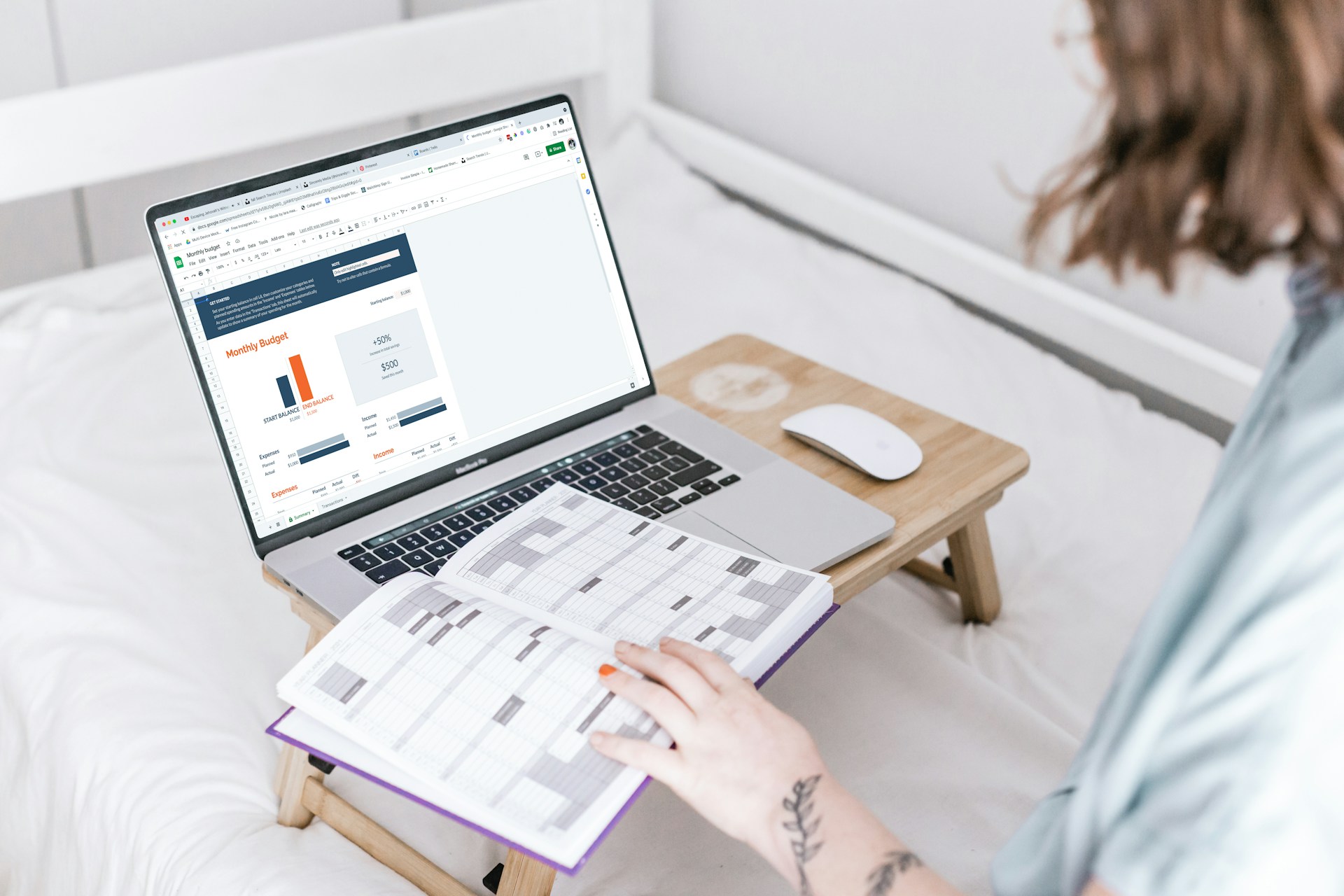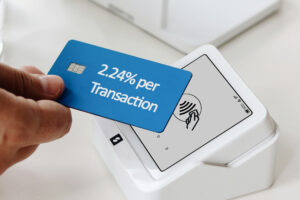Budgeting isn’t about being strict or never spending — it’s about knowing where your money goes, so you’re in charge of your finances instead of the other way around.
Whether you’re living paycheck to paycheck or just want to build better habits, this guide will help you understand how to start a budget that works in real life.
Why Budgeting Matters
If you’ve ever reached the end of the month and wondered where your money went, you’re not alone. A budget helps you:
- Track your spending
- Avoid unnecessary debt
- Save for emergencies
- Hit financial goals faster (like paying off loans or taking a vacation)
In short, budgeting puts you back in control.
Step 1: Know Your Income
Start by figuring out how much money you actually bring in each month after taxes. Include:
- Your main job (net pay)
- Any side hustles or freelance income
- Government benefits or support
- Child support, alimony, or regular payments
This is your total monthly income.
Step 2: Track Your Expenses
Look at your bank statements or apps like Mint or YNAB and list out every category you spend money on, including:
- Rent or mortgage
- Utilities (electric, gas, water)
- Food (groceries + dining out)
- Transportation (gas, subway, Uber)
- Subscriptions (Netflix, Spotify)
- Debt payments (credit cards, student loans)
- Savings & investing
- Personal or miscellaneous
Be honest — you can’t improve what you don’t see.
Step 3: Choose a Budgeting Method
Pick a budgeting system that fits your style:
The 50/30/20 Rule
- 50% of income goes to needs
- 30% to wants
- 20% to savings or debt payoff
Zero-Based Budgeting
- Assign every dollar a purpose until your income minus expenses equals $0
- Forces awareness and accountability
Cash Envelope System
- Withdraw cash for categories like groceries or entertainment
- Once it’s gone, it’s gone
App-Based Budgeting
- Use tools like YNAB, EveryDollar, or Goodbudget to automate tracking
Step 4: Set Goals That Motivate You
Budgeting is easier when you’re working toward something. That could be:
- Paying off debt
- Building an emergency fund
- Saving for a trip or major purchase
- Creating financial stability for your family
When your goals are clear, budgeting feels purposeful — not restrictive.
Step 5: Review and Adjust Monthly
Your budget is a living tool. It’s okay to adjust it. Review at the end of each month:
- Did you stay within your limits?
- Were any categories too low or too high?
- Did an unexpected expense throw things off?
Update your budget each month based on real life, not perfection.
Final Thought
Budgeting doesn’t mean giving up the things you enjoy — it means choosing how and when you enjoy them. It’s about spending with intention, building financial freedom, and reducing stress around money.
If you’ve never budgeted before, start simple. Track, adjust, and stay consistent. Your future self will thank you.




